“How the heck do you plant a garden without digging?”
A fellow gardener brought up this question during a recent discussion about the no-dig gardening method. The question makes sense because, on the surface, no-dig gardening doesn’t seem logical.
“Yes, you’ll need to do some digging in a no-dig garden,” I replied. However, the goal is minimal disturbance to the soil.
Still, what’s the problem with digging the soil? There are many that we’ll explore soon.
For now, consider: what if the secret to a healthier, more productive garden was doing less to your soil?
Intrigued? Let’s dig deeper into the no-dig method of gardening.
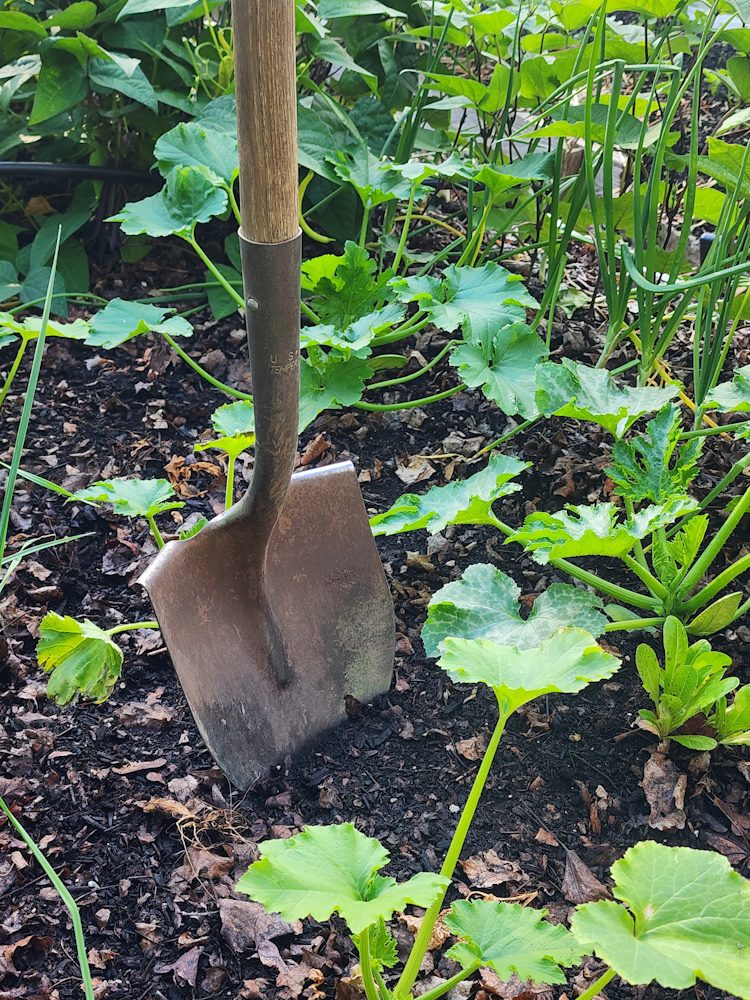
What is No-Dig Gardening?
No-dig gardening creates healthy soil by adding layers of compost to the surface, rather than disturbing the soil by digging. It’s a relatively new idea for home gardeners; however, many organic farms and some conventional growers have been using a similar “no-till” farming method for years.
Instead of using a cultivator to break up crop residue and turn the soil, no-till farmers leave the spent crop in the ground, and new seed is drilled directly into it. Among its many benefits, this method helps decrease topsoil erosion and replenishes the soil naturally by utilizing spent crop material.
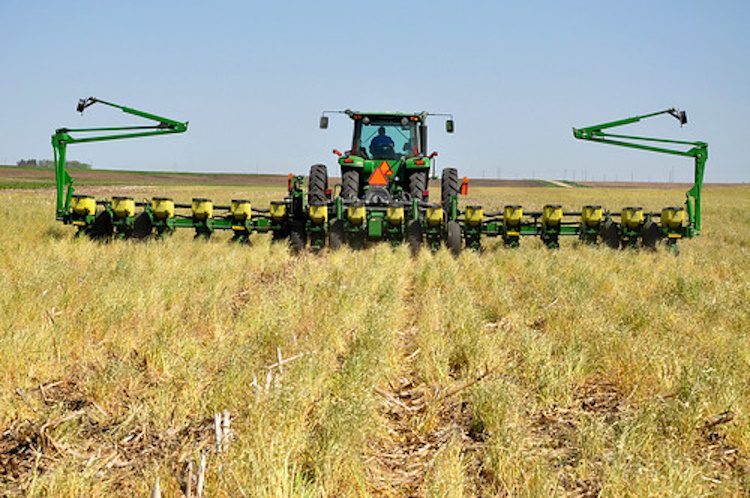
For home gardens with in-ground or raised-bed setups, no-dig means avoiding rototilling or cultivating the soil in spring or when planting new crops throughout the season. Instead, compost is layered on top without being mixed in. This method requires much less effort—no heavy rototillers or shovels needed.
I don’t know about you, but I’d prefer to do less work in the garden, especially when the benefits are so great.
What Digging Does to the Soil and Its Inhabitants
Soil consists of sand, silt, and clay—the mineral particles—along with organic matter, air, and water. The size of the particles and their arrangement determine the soil structure, creating spaces for air, water, and the numerous living organisms within the soil.
Indeed, your soil is teeming with life. From macroorganisms like ground beetles, woodlice, and earthworms to microbial life including bacteria, fungi, and nematodes, it hosts a diverse array of organisms.

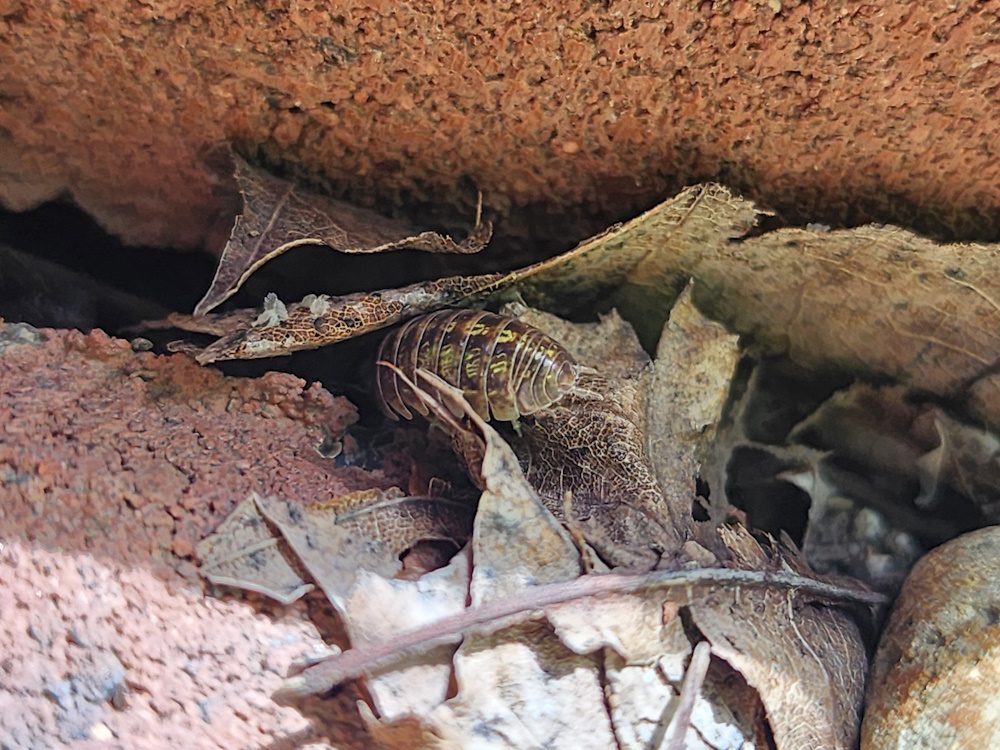
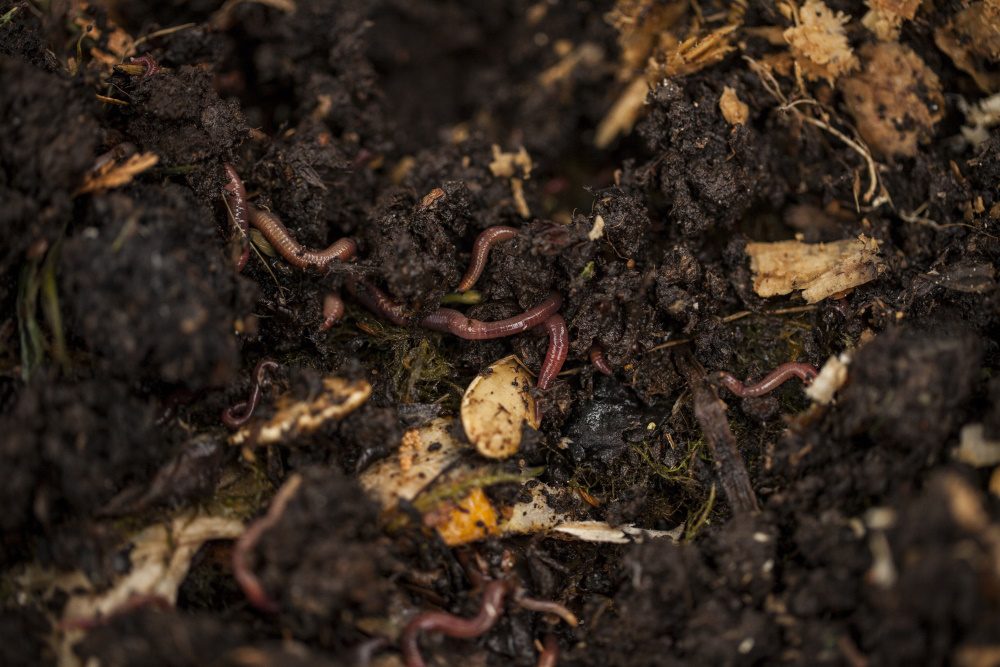
Contrary to popular belief, soil doesn’t need to be “light and fluffy” for planting. In fact, rototilling or overcultivating causes more harm than good by damaging the soil structure and harming the organisms that live in it.
Imagine a skyscraper during an earthquake, with all its floors collapsing downward—pancaked. That’s what rototilling does.
The soil slumps into a dense layer that is essentially impermeable and easily compacted—quite the opposite of light and fluffy. Air and water pockets are eliminated, and the living organisms and fungal networks are damaged or destroyed.
It also creates two layers of soil—the top, which now has little structure, and the undisturbed layer below; two types of density make it difficult for water to flow, leading to poorly draining soil.
If this wasn’t bad enough (and it truly is), turning the soil brings dormant weed seeds to the surface. This is why you often see numerous weeds sprouting after tilling the soil.
Put down the shovel and step away from the rototiller. No-dig is a much easier and more effective way to build healthy soil and grow a productive garden, regardless of your soil type.
The Benefits of No-Dig Gardening
Reduced work for the gardener is just one benefit of no-dig gardening. Consider these factors as you list your rototiller on Craigslist:
Healthier Soil. Your soil stays largely undisturbed with no-dig, keeping its structure and layers intact, along with the natural channels created by soil organisms and roots.
A best practice is to leave plant roots in the soil after a crop has finished. As they break down, roots add organic matter to the soil, creating additional space for air and water to circulate.
When succession planting, you can sow or plant around the remaining roots without issues. In the fall, spent plant material can be cut back and left on the surface as mulch, where it will decompose over the winter.

While compost can be added to the garden at any time, applying a 2-inch layer in the fall is best because it feeds soil organisms over the winter, allowing soil nutrients to be replenished in time for spring planting.
The no-dig method is effective on any soil type, including sand and clay. Over time, compost helps sandy soils retain moisture and nutrients; in clay soils, it helps break up compacted particles, improving drainage and aeration. Both soil types will improve in texture and structure.
Boosts the Soil Biome. Healthy soil leads to a more resilient, low-maintenance garden—something all gardeners aim for. No-dig enables microbes to flourish, creating a vibrant soil ecosystem that naturally nourishes your plants—without additional chemical inputs.
As organisms feed on organic matter, they make nutrients available in forms that plants can absorb. Tiny, thread-like filaments of mycorrhizal fungi connect to plant roots to supply water and nutrients. In return, the roots release sugars produced through photosynthesis, which help support the fungi. It’s a remarkable, symbiotic relationship.
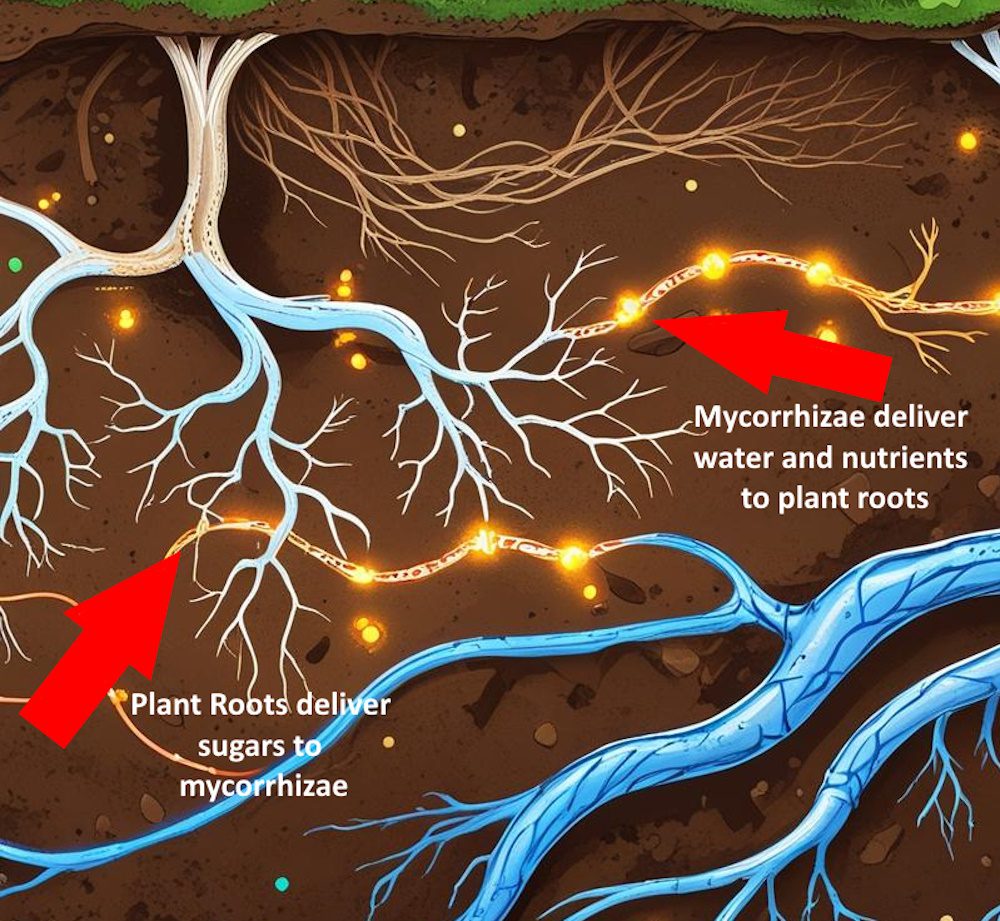
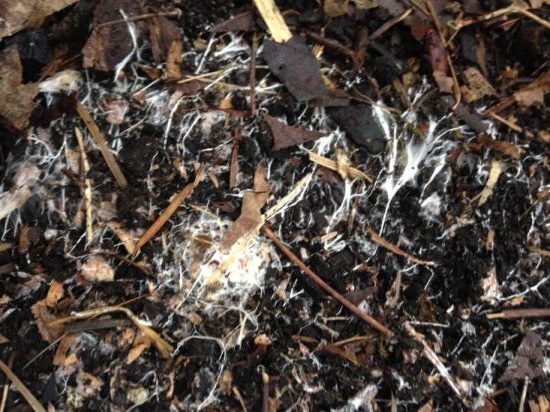
A thriving soil biome enhances plant health and yields by cycling nutrients for stronger roots, fighting soil-borne diseases, and boosting plant immunity for increased productivity.
But digging or tilling destroys these fine networks.
Other benefits include improved water retention, reduced use of chemical fertilizers, and, of course, fewer weeds.
Before adopting the no-dig method in my garden, I was constantly battling purslane and bindweed; now, they are practically eliminated.
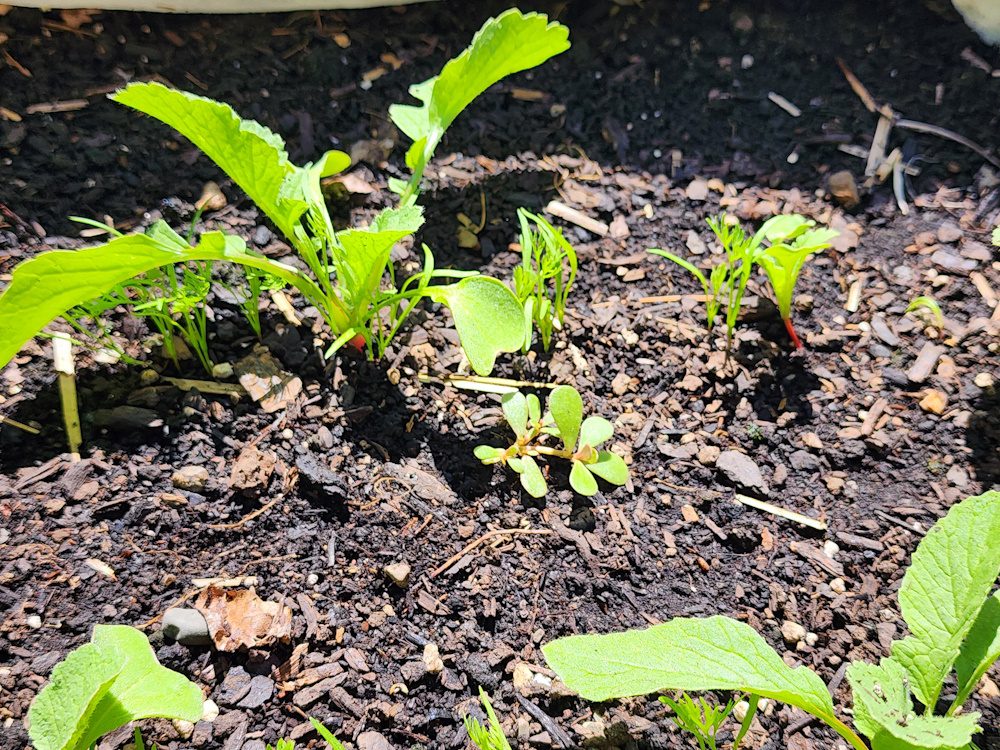
Finally, no-dig is sustainable and organic-friendly.
Getting Started
Only a small amount of compost is needed annually; however, you probably won’t produce enough homemade material to meet your garden’s needs. You can buy high-quality, green-waste compost from local nurseries, but be cautious of compost containing biosolids—material from waste treatment plants—as it’s generally not recommended for vegetable gardens.
If you’re a rototiller enthusiast, switching to no-dig might be a difficult transition. I get it, but try it on a small part of your garden, and I promise you’ll see fewer weeds growing.
No-dig gardening might seem lazy (nothing wrong with that), but by disturbing the soil as little as possible, you support the soil biome, which in turn sustains your garden. So, ditch the digging, add a layer of compost, and see how less effort leads to a healthier garden.


Leave a Reply